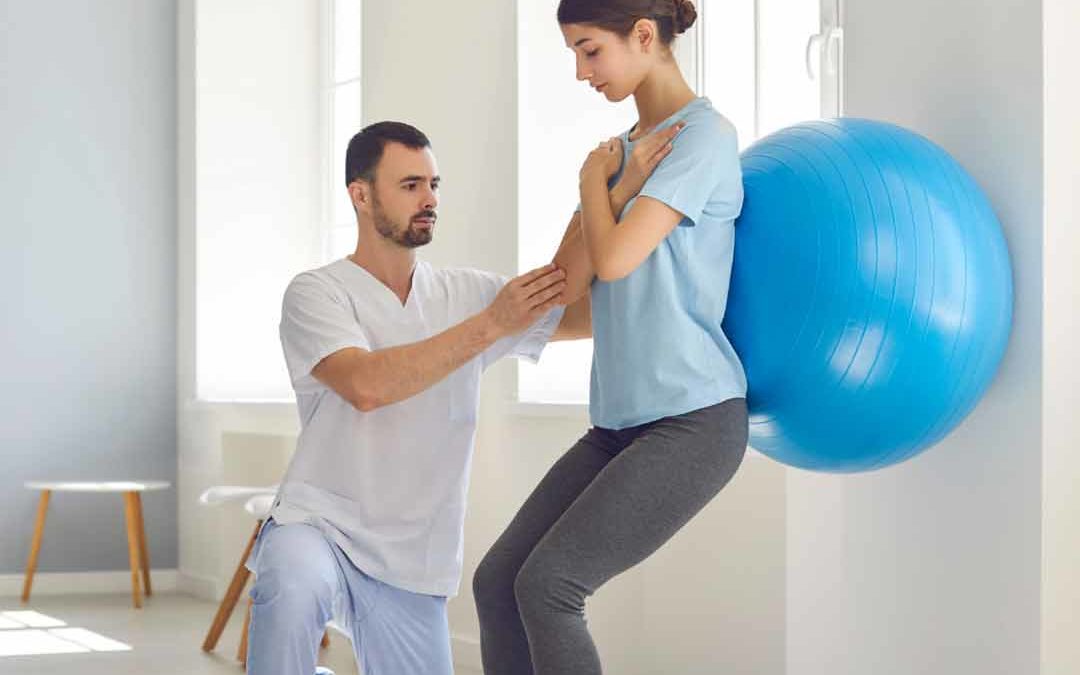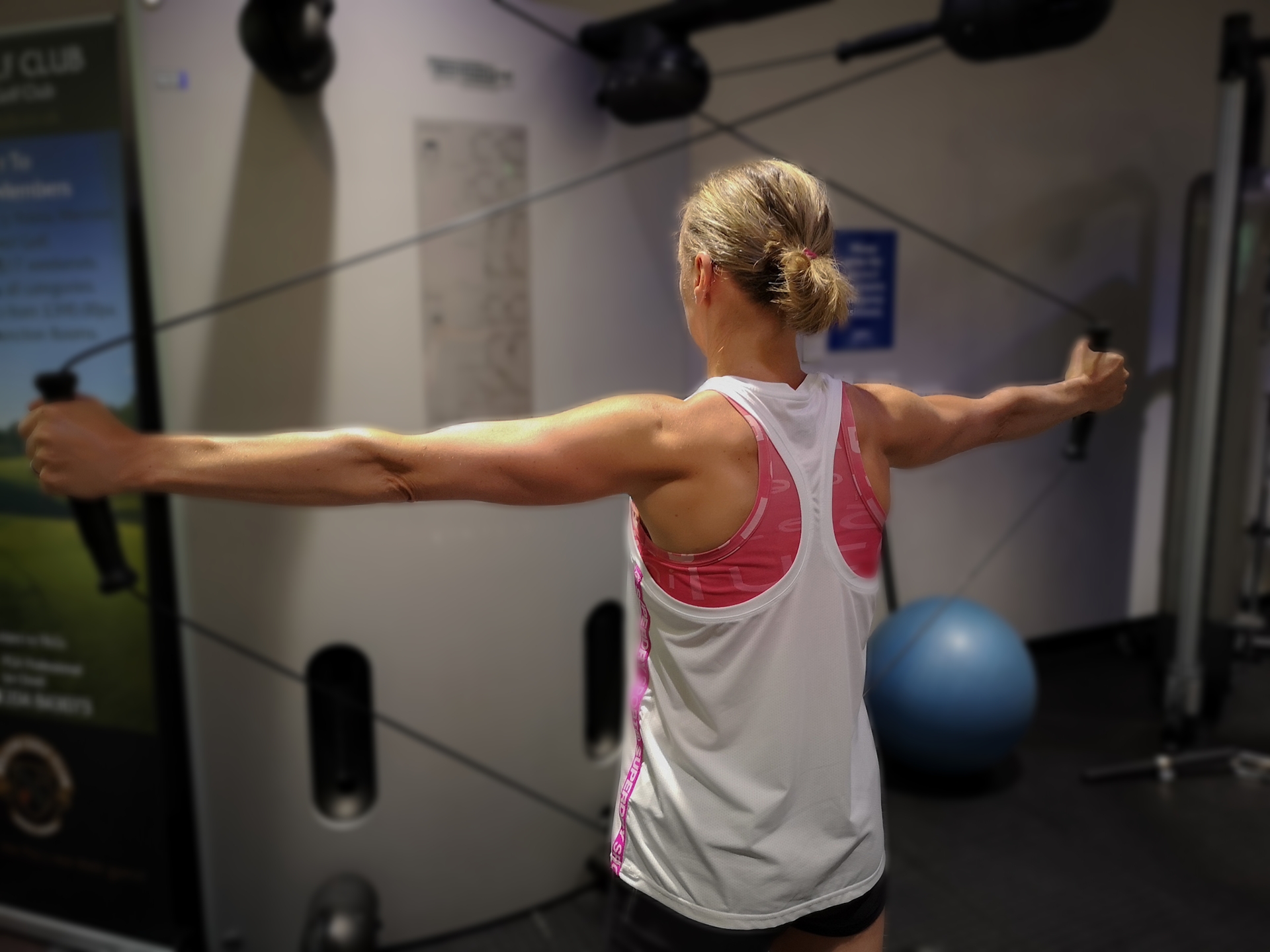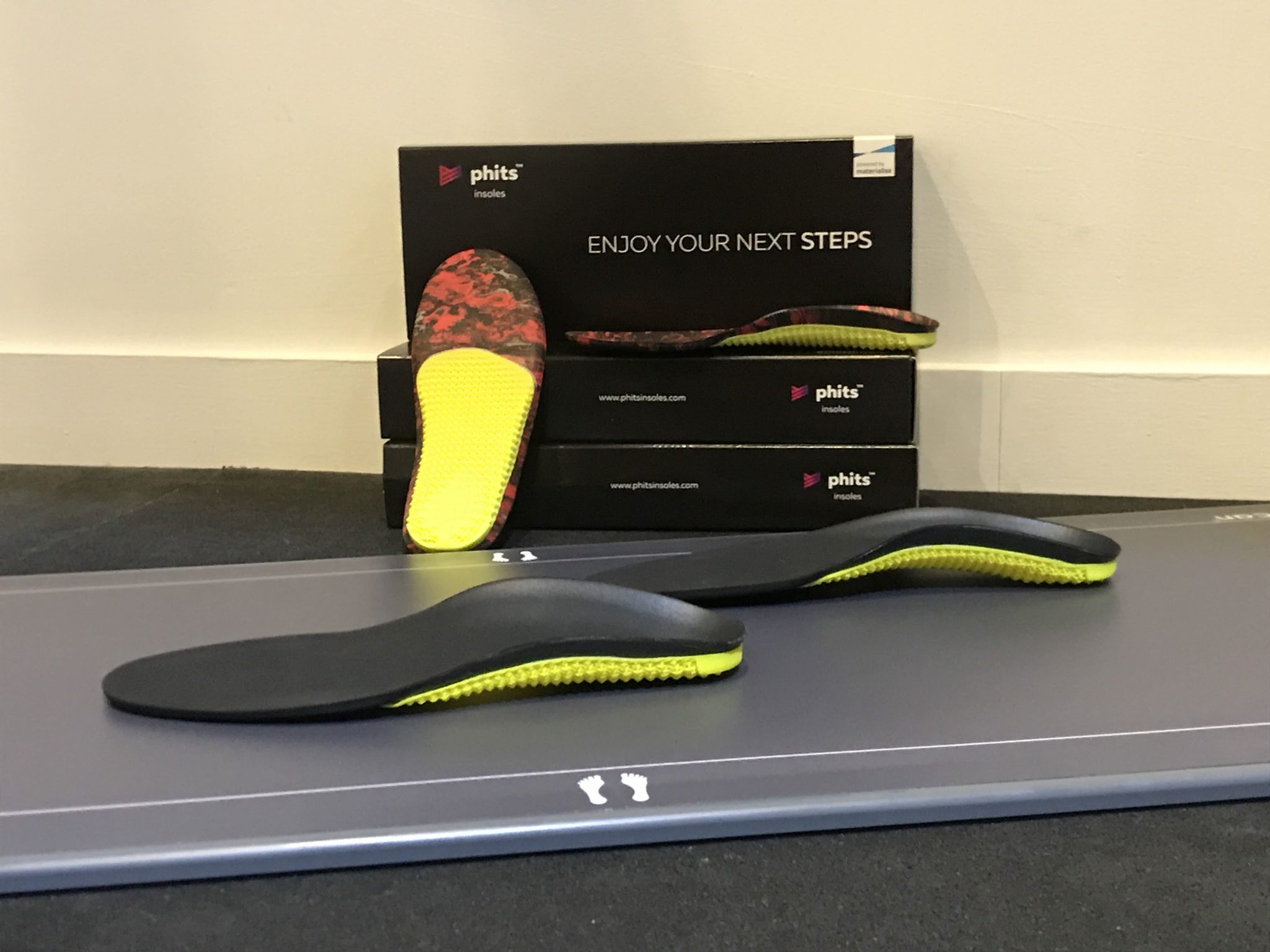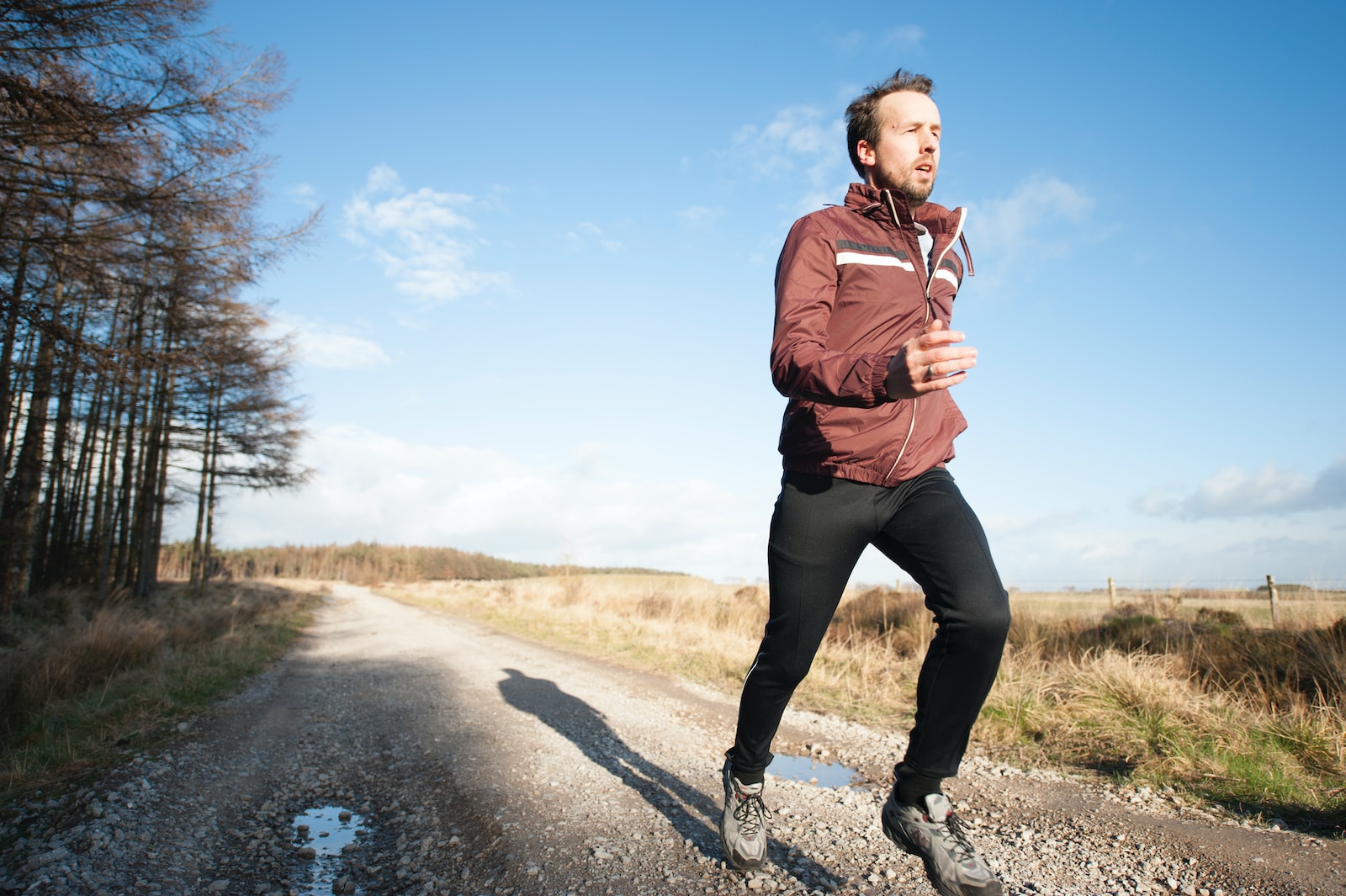Part 2 – Treatment, Rehab and Prevention of Tendinopathy
Early stage treatment consists of load management, primarily load reduction, which will allow the tendon time to
adapt, the matrix is able to resume back to its normal structure, the cells become less reactive and ultimately reduces pain. Two other factors that may account for biomechanical overload are frequency and intensity. During early stage treatment the rest time between activity needs to increase but the intensity needs to decrease. As mentioned in Part 1, Reactive Tendinopathy may be caused by repeated, overloaded, energy storage and release activities therefore during treatment such activities must be avoided as this will aggravate. Activities without this mechanism may be maintained e.g. cycling.
Treatment for late tendon disrepair need to be methods that stimulate cell activity, increase protein production and help to restructure the matrix further. These methods need to be in conjunction with an eccentric exercise programme which I will cover below. Gelshen et al 1999 proposed that deep transverse frictions (a method where the clinician frictions across the line of the running fibres in the tendon) are an effective treatment
in helping to restore tendon structure and also aid in pain relief. Ultrasound has also been documented as
increasing protein production at cellular level. Stasinopolous conducted a study in 2004 which concluded that ultrasound and frictions were good methodsof treatment but are both less effective than an exercise programme in treating tendinopathy
Some tendons are very problematic to manage clinically and therefore need intervention in the form of an injection or surgery may be considered. Surgery will only be used for chronic, painful, degenerative tendons. Surgery has produced many varied outcomes with numerous studies showing that 50-80% of athletes are able to return to sport at the same level they were playing previously (Coleman et al. 2000, Paavola et al. 2000,
Tallon et al. 2001). Bahr et al. 2006 found that even though the outcomes from surgery vary considerably, their results were no better than the results from eccentric exercise.
There is a high specificity of strength gains with eccentric training, which may be due to the specialised neural
pattern of eccentric actions and this may be a reason to prescribe predominantly eccentric exercises for
rehabilitation of Achilles and Patellar tendinopathy as the mechanism of injury is due to eccentric loading (Roig et al., (2009). Young & Ranson (2011) have suggested that there are many potential mechanisms behind the effectiveness of exercise for painful tendinopathy. Some of those mentioned are the repairing and remodeling of the tendon matrix, increased collagen formation and density, a change in the tendon strength and as a result
greater resistance to tensile and compressive forces, a reduction in the neo-vessels and a normalisation of cross-sectional area following exercise rehabilitation.
There are some principles which need to be adhered to in order to achieve the most benefit and these can be applied to any tendon in the body. The first principle is that the exercise must be specific for the tendon you are trying to target. The exercise must be performed under heavy load and at a slow speed in order for greater time under tension and ultimately minimal usage of the elastic series. In order to destroy any neo-vessels the exercises must be performed three times a week at high volume (3 x 15 reps). Magnussen et al, 2009 provides evidence that these eccentric exercises must be performed into pain but no more than 5/10 during the exercise. Typically a rehab programme should last between 8-12 weeks for tendons that don’t need any intervention.
Young & Ranson 2011 have given some examples of what are the best exercises to target the Achilles Tendon and the Patellar Tendon. Calf raises has been chosen for the Achilles as it is relatively easy to apply load and target the musculo-tendinous junction. Young & Ranson belive that as approximately two-thirds of the Achilles Tendon is contributed by the soleus it would seem that a bent knee calf raise using dumbbells or a Smith Machine (Figure 1) is thereby highlighting the soleus would help to effectively target the mid-portion of the tendon. This exercise should go through full range of motion at the ankle.
The most common exercise to use for the Patellar tendon it the single leg-decline squat. Zwerver et al., (2007) have given biomechanical evidence that supports the effectiveness of the decline squat may be as a result of the 25° decline board reducing calf muscle tension and allowing better isolation of the knee extensor mechanism. Again, loads can be added to this exercise however if heavier load was needed the same exercise can be performed using a Smith machine (Figure 2). This exercise should go through 60° knee flexion.
The exercise programme should only be part of a full rehabilitation programme given by a clinician. Another aspect of this programme should be stretching. Dynamic stretching, 3D stretching to open the anterior chain and diagonal patterns are the most effective. By changing the angle of the calf you can target different areas of the muscle. Another method of stretching and treating is foam rolling. If you log on to our page on Youtube www.YouTube.com/summitphysio you can see some of the team demonstrating how to foam roll.
In order to reduce the risks of tendinopathy we need to prevent sudden change in work load, we need to do
specific tendon loading three times a week, high volume to fatigue, stretch-shorten cycle training, stretch, foam roll, stability work and it is paramount to complete the full rehabilitation program devised by your physio.
If you have any questions or niggles I would recommend you come down to visit one of our free injury clinics which are based at all sites and you can find these listed on the website.
References
Alfredson, H., Zeisig, E., & Fahlstrom,
M. (2009). No normalisation of the tendon structure and thickness after
intratendinous surgery for chronic painful midportion Achilles tendinosis.
British journal of sports medicine, 43(12), 948-949.
Bahr R, Fossan B, Loken S, et al. Surgical
treatment compared with eccentric training for patellar tendinopathy (Jumper’s
Knee). A randomized, controlled trial. J
Bone Joint Surg Am 2006;88:1689-98.
Coleman BD, Khan KM, Kiss ZS, et al. Open
and arthroscopic patellar tendon tenotomy for chronic patellar
tendinopathy. A retrospective outcome
study. Victorian Institute of Sport
Tendon Study Group. Am J Sports Med; 2000;28:183-90.
Cook, J., & Purdam, C. R. (2009). Is
tendon pathology a continuum? A pathology model to explain the clinical
presentation of load-induced tendinopathy. British journal of sports medicine,
43(6), 409-416.
Enwemeka CS. Inflammation, cellularity and fibrillogenesis
in regenerating tendon: implications for tendon rehabilitation. Phys Ther 1989;69:816-25.
Gehlsen G, Ganton L, Heffst R, Fibroblast
responses to variation in soft tissue mobilisation pressure. Med Sci Sport
Exerc 1999;3:531-5
Magnussed RA, et al., Nonoperative
treatment of midportion Achilles Tendinopathy: a systematic review, Clin J
Sport Med, 2009;19:54-64.
Ohberg L, Lorentzon R, et al., Eccentric
training in patients with chronic Achilles tendinosis: normalised tendon
structure and decreased thickness at follow up. Br J Sports Med, 2004;38:8-11.
Paavola M, Kannus P, Paakkala T, et al.
Long-term prognosis of patients with Achilles Tendinopathy. An observational
8-year follow up study. Am J Sports Med 2000;28:634-42.
Ranson,C., Young, M. (2011) The Role of
Targeted Exercises in the Management of Achilles and Patellar Tendinopathy in
Sport. European Musculosketal Review;
6(2):131-136.
Roig M, et al., The effects of eccentric
versus concentric resistance training on muscle strength and mass in healthy
adults: a systematic review with meta-analysis, Br J Sports Med, 2009;43:556-68.
Stasinopoulous D, Stasinopoulos I.
Comparison of effects of exercise programme, pulsed ultrasound and transverse
frictions in the treatment of patellar tendinopathy. Clin Rehabil
2004;18:347-52.
Tallon C, Coleman B, Khan K, et al. Outcome
of surgery for chronic Achilles tendinopathy. Am J Sports Med 2001;29:315-20.
Young M & Ranson C. The Role of
Targeted Exercises in the Management of Achilles and Patellar Tendinopathy in
Sport. European Musculoskeletal Review, 2011;6(2):131-136
Zwerver J et al., Biomchanical analysis of
the single leg decline squat, Br Sports Med, 2007;41:264-8.



